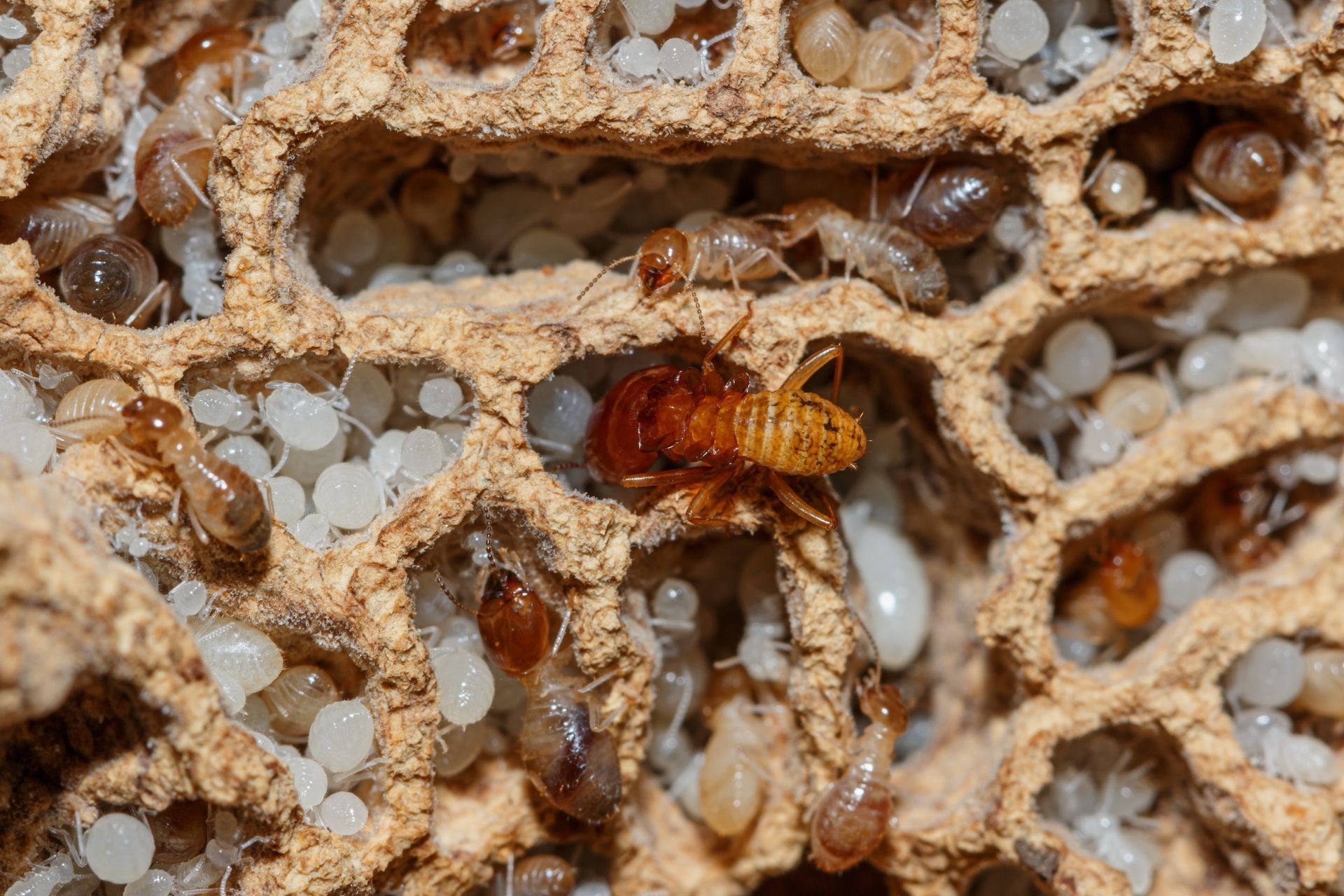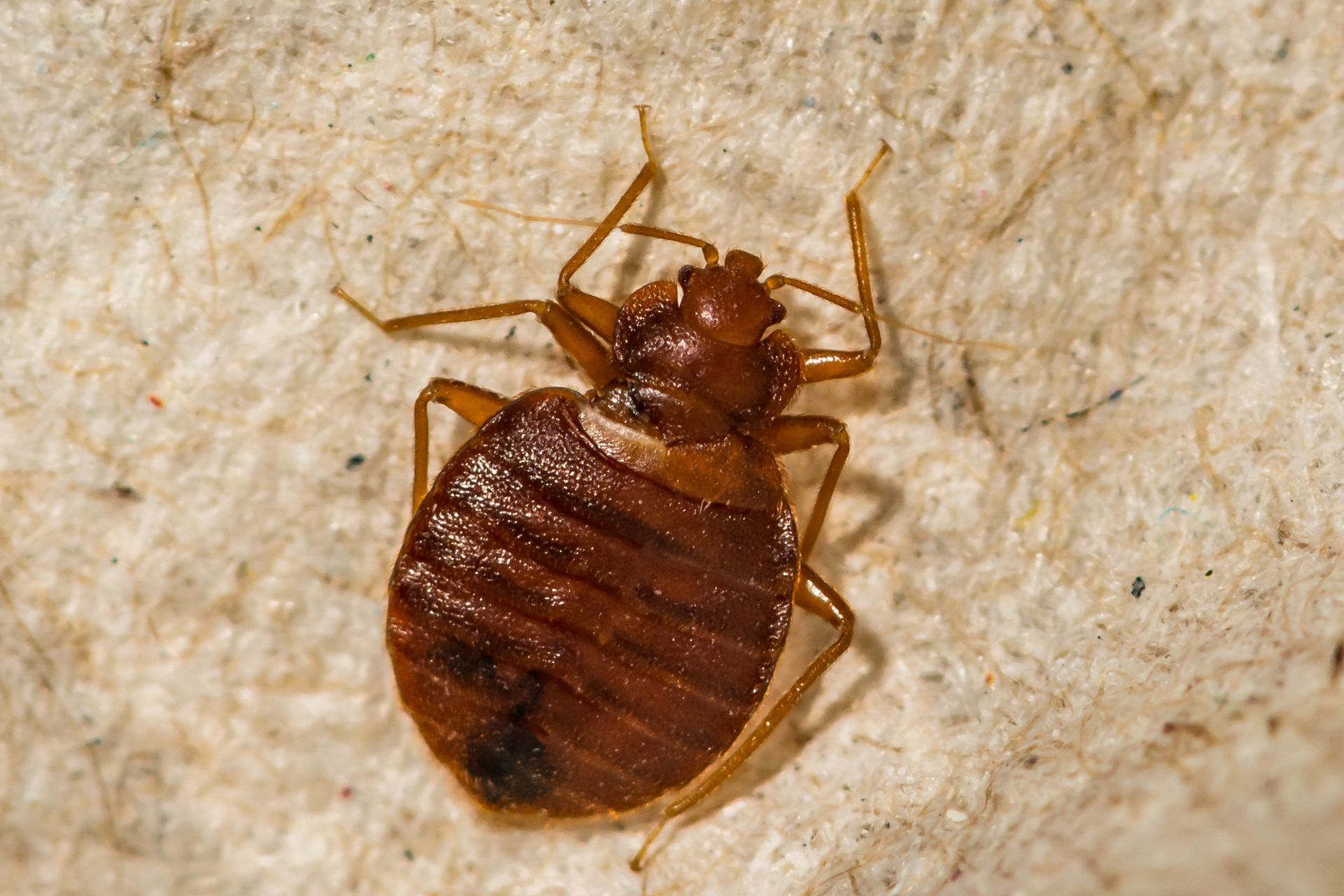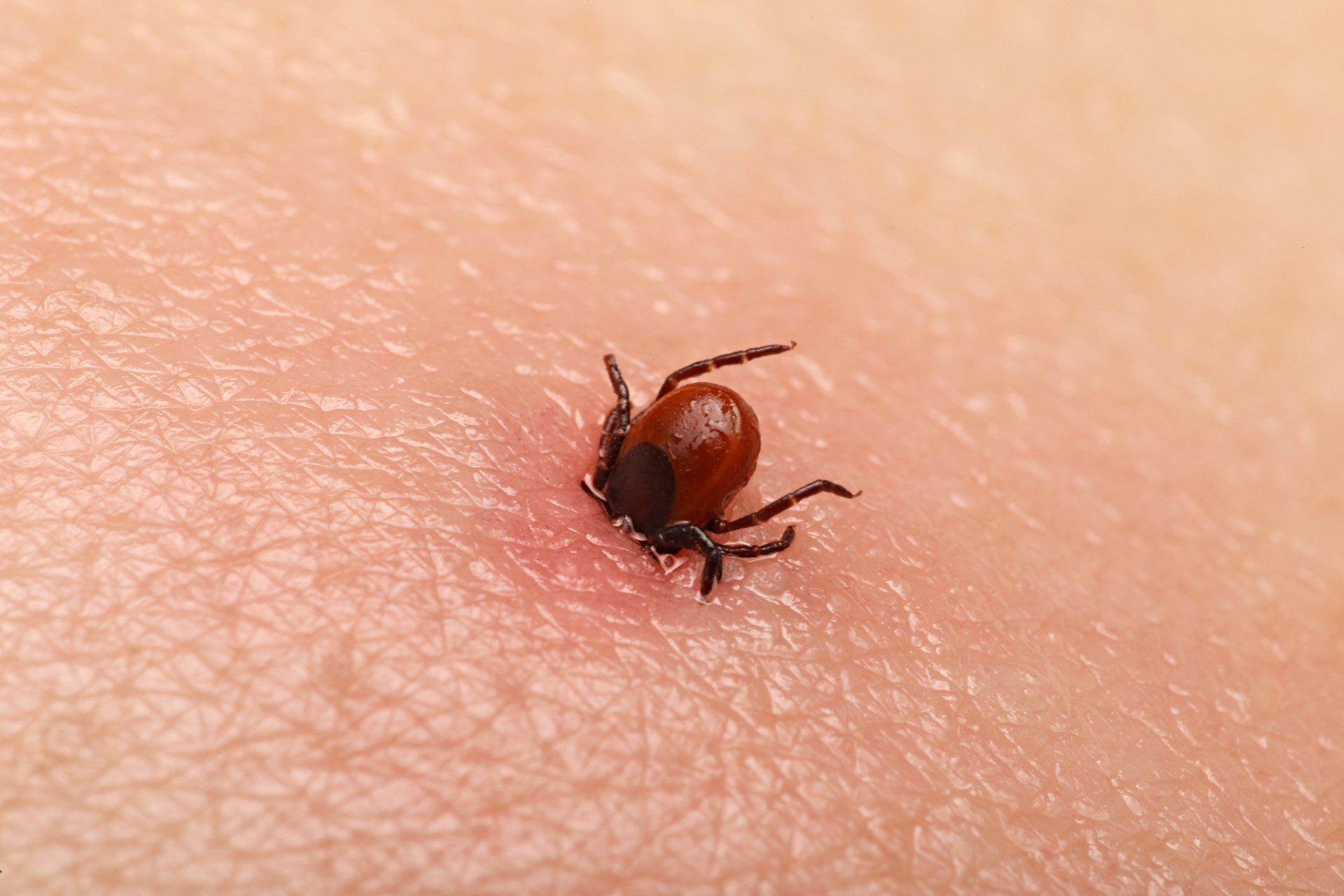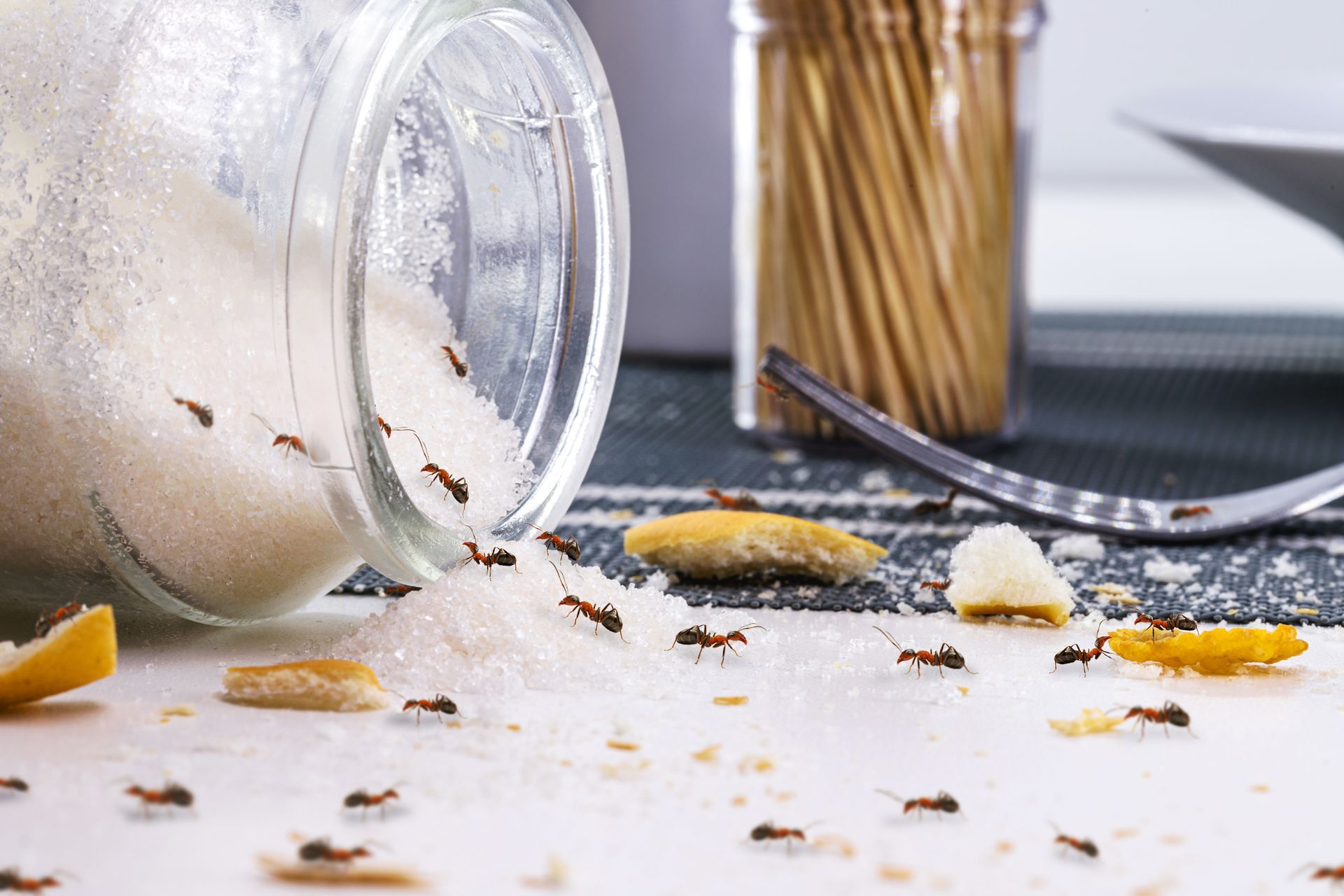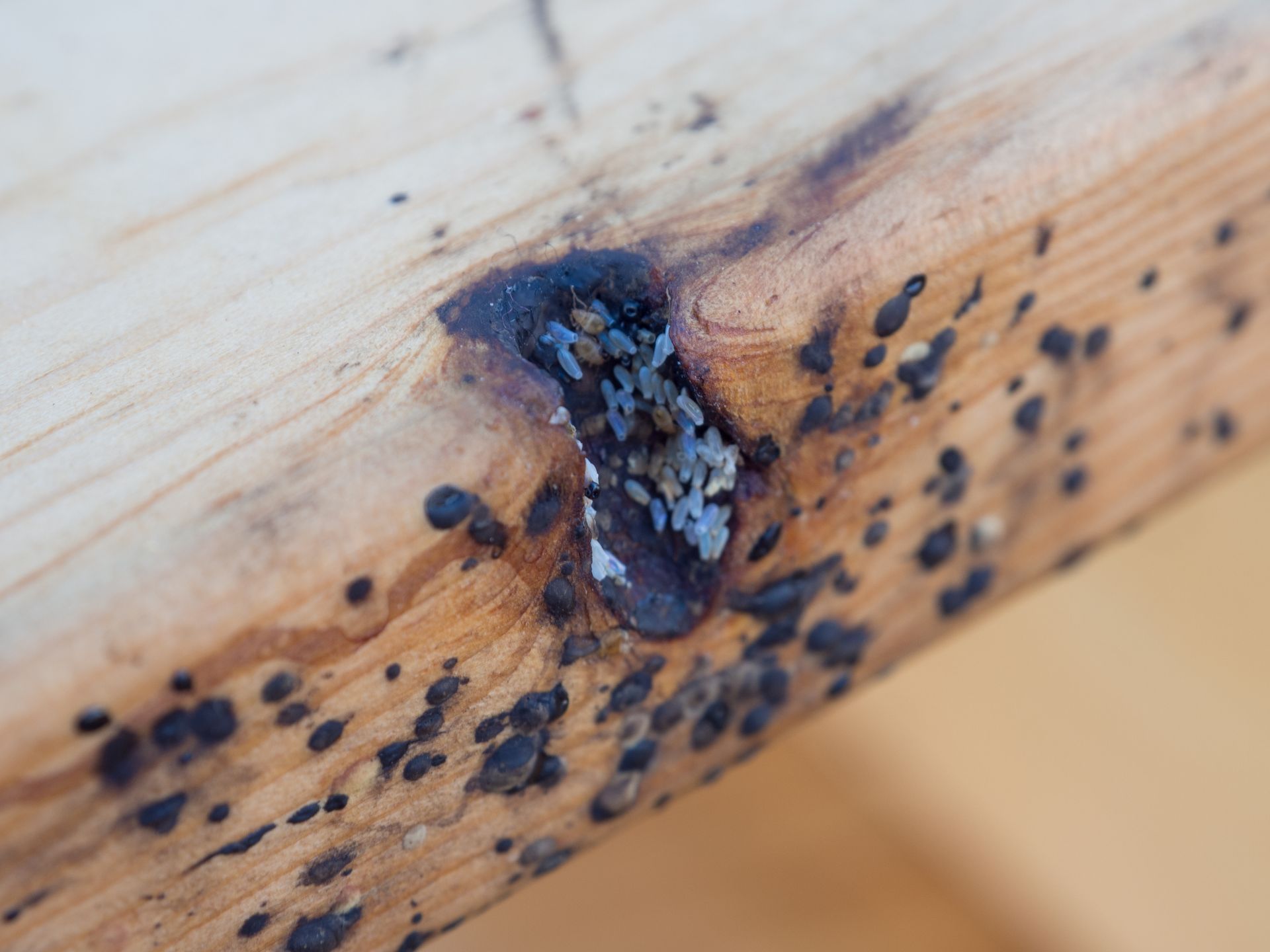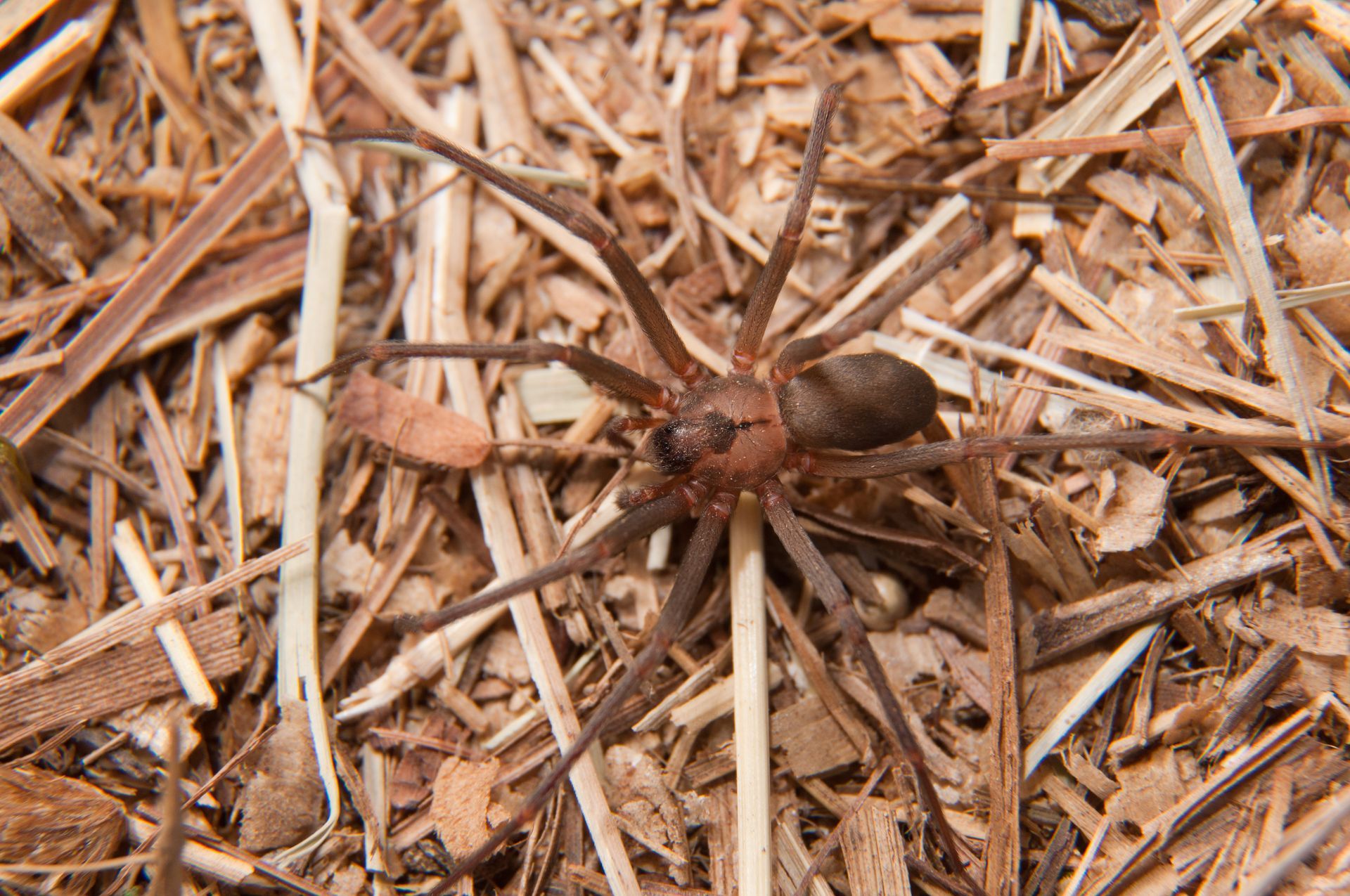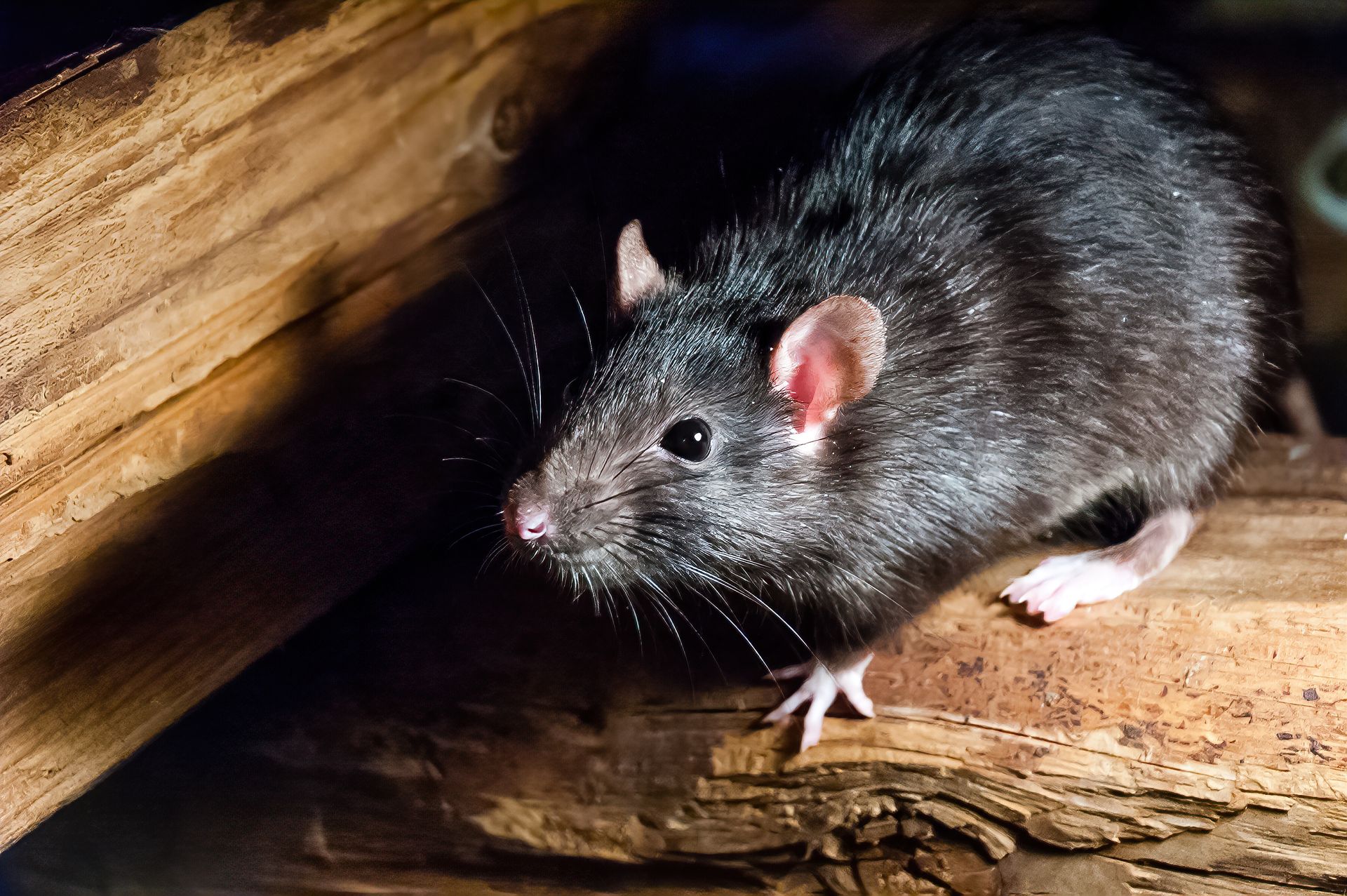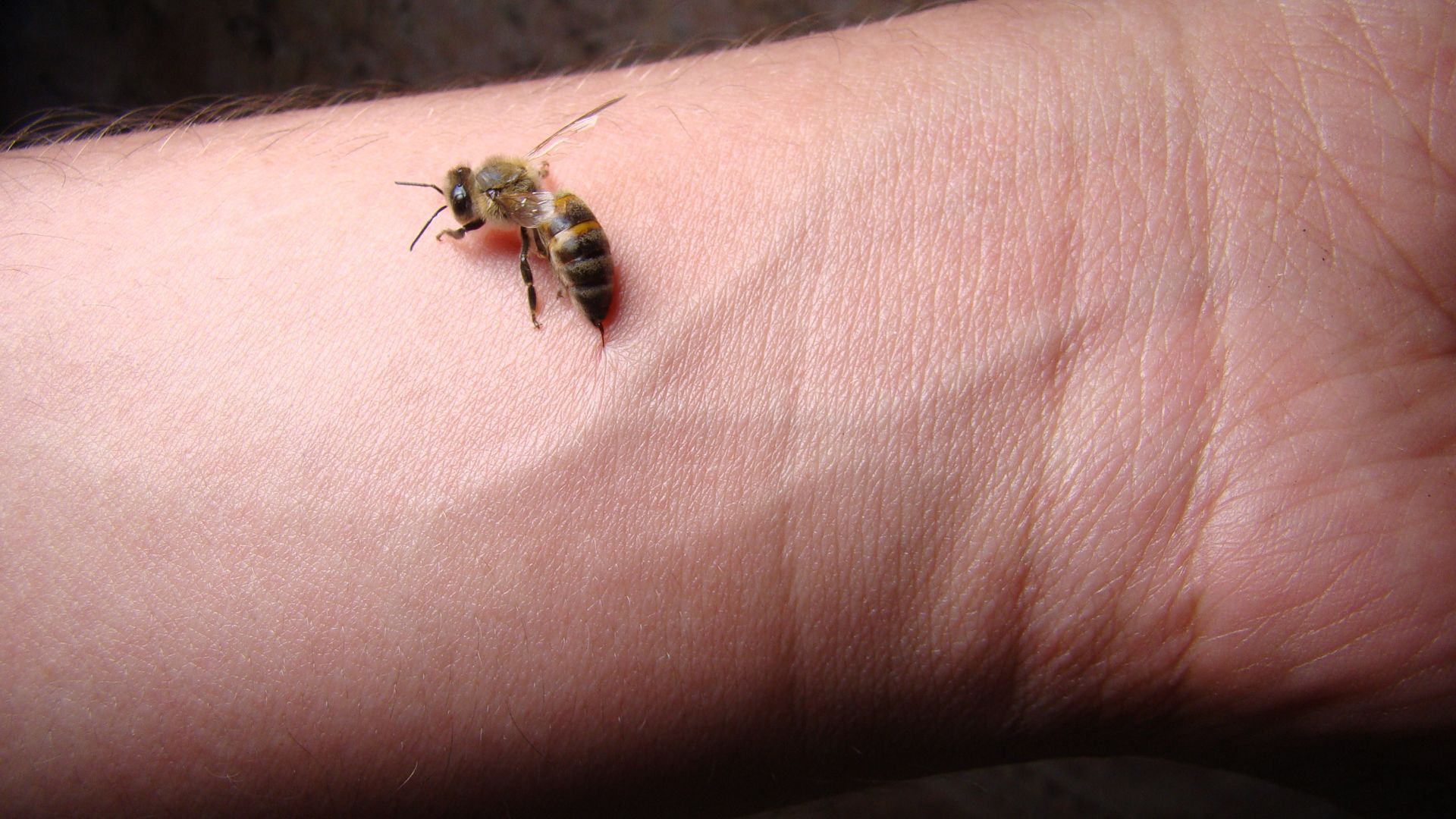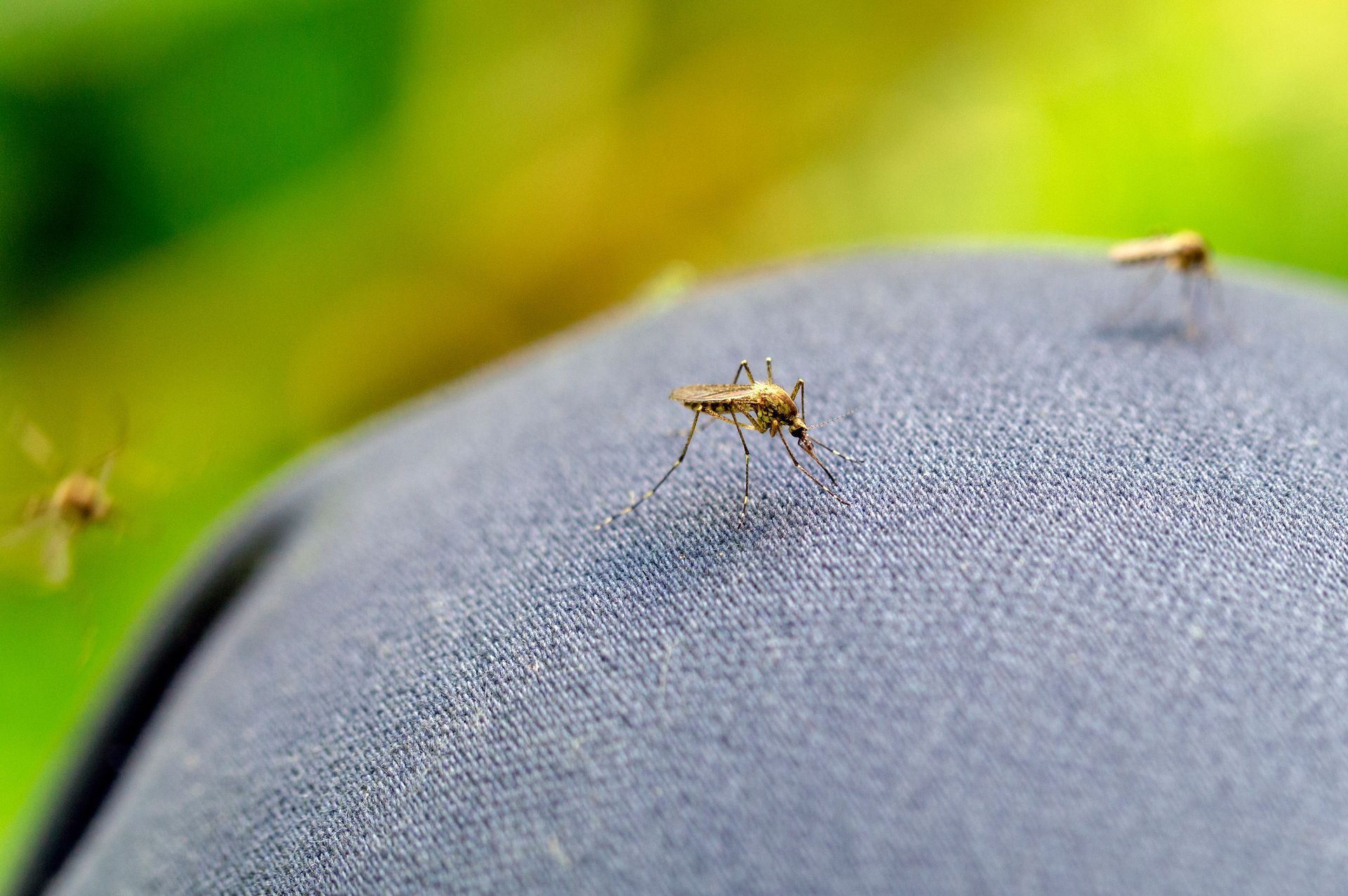How To Prepare For An Exterminator Visit
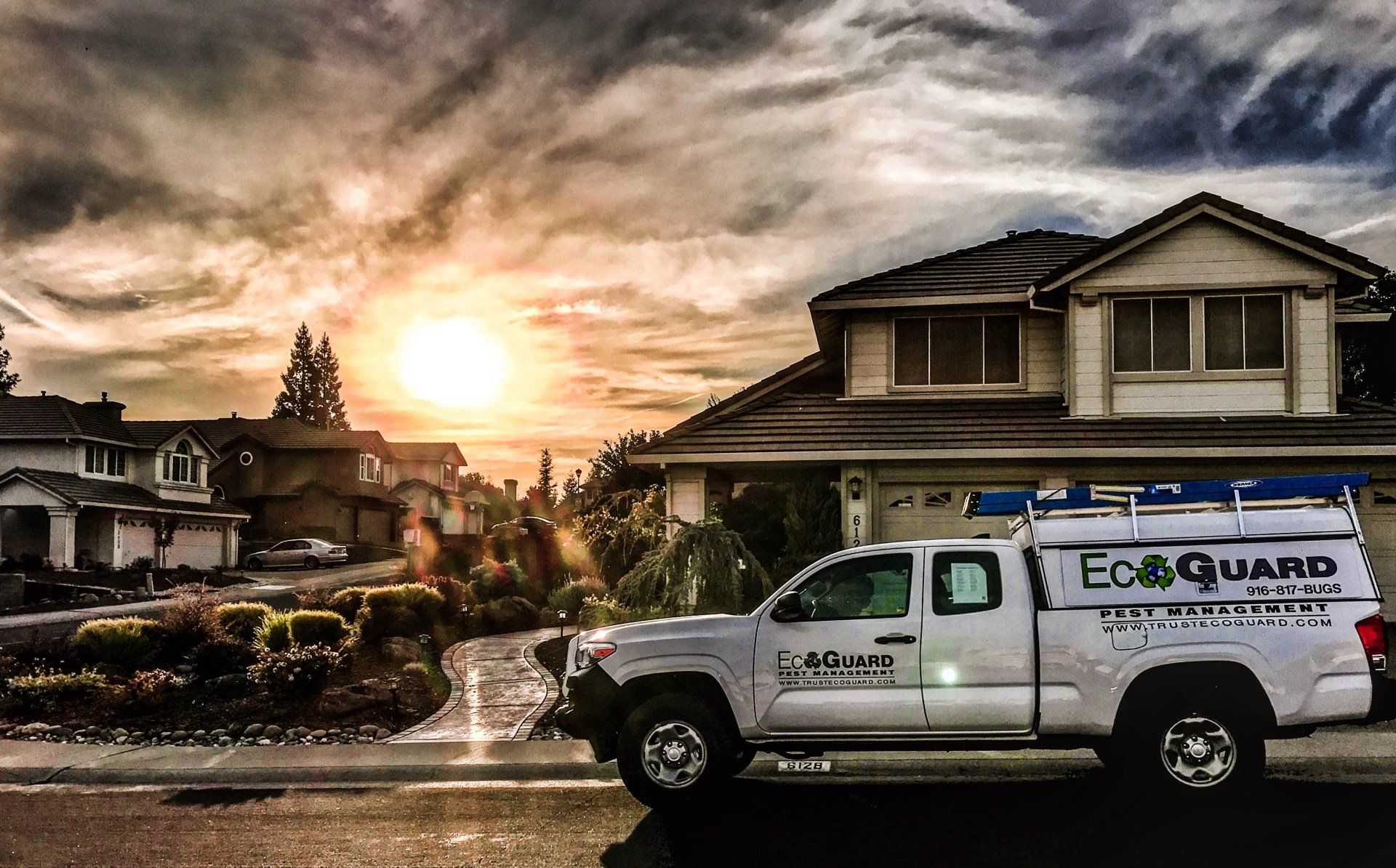
Seeing signs of pest activity is usually a bad sign because it is usually just the tip of the iceberg. Pests usually do a good job at hiding and visible signs of pests and pest activity means that there is likely already an infestation that has started. If signs of pest activity are visible the best strategy is to immediately call a professional pest control expert to come inspect the property for any problematic areas so they can devise an effective treatment plan. These professionals have the experience and training necessary to combat different pest types to eliminate the infestation. Before an exterminator drops by, there are several steps that homeowners can take to help ensure that they are able to do their job effectively.
How to Prepare for Pest Control Inspection & Treatment
Preparing for exterminators to do a pest inspection can really impact how efficiently an exterminator is able to search for pest problems. By providing a little support and assistance, homeowners can help ensure that the exterminator is able to do their job effectively. It is always critical to remember that pest control starts at home and even with the support of professionals, pest extermination will not always be as effective as possible if the property owner doesn’t participate in preparation and prevention. It helps to at least understand which pest types are a potential problem to help cater the preparation strategy. By knowing the type of pest creating problems, the exterminator can provide a list of specific tasks that will help prepare and allow the exterminator to do what he needs to do which is focusing on the pest problem at hand.
Why Should You Prepare for an Exterminator
There are several reasons why homeowners should prepare for exterminators. Preparation helps save time, minimize costs, improve the likelihood of effective treatment, and make the job easier for the exterminator. Some homeowners may think that is the job of the exterminator but providing some support can go a long way in ensuring that the exterminator is able to complete their job in the time allotted. If an exterminator is unable to effectively treat an area, there is always the chance of reinfestation or that the pest problem moves to an untreated area and spreads.
Exterminator Preparation Checklist
The below items are all simple things that most homeowners can take care of in preparation of an exterminator visit. These things should be done to some degree before an inspection and treatments to ensure that the exterminator can do their job.
Note All Pest Locations
Homeowners should note where pest activity has been noticed to give the exterminator a head start when looking for problematic areas. This information can give exterminators an idea of where the pests may be coming from and how they are getting inside. Did you notice cockroaches outside by the trash? Or were there ants in the pantry? Maybe there were rodents by the back door? Each of these things will give an exterminator a clue on where pest problems are occurring. Be sure to provide as much detail as possible so the exterminator can inspect and start treating problematic areas immediately.
Clean Floors
Cleaning up the floors and carpets several days before a pest inspection can help remove debris, dirt, grime, and residue buildup that may make it difficult for an exterminator to notice signs of pest activity. It will also help homeowners identify areas where there are signs of things like rodent poop and molted skins which they can then inform the exterminator of. Any additional filth that may develop after the cleaning occurs could also help indicate fresh pest activity which can give exterminators a better idea of where pests are currently active.
Put Away Clutter
Object littering the floor like pet’s or children’s toys, shoes, and clothes present obstacles that exterminators will have to move in order to treat around. It also provides places for pests to hide so eliminating clutter is critical to ensuring that an exterminator is able to apply treatments effectively and efficiently. It also helps to ensure that pest control treatments are not accidentally applied to something that may later be used by a pet or family.
Fix Water Leaks
Like all creatures, all pests require a source of moisture to stay hydrated. By fixing dripping faucets and leaking water lines, homeowners can take the first step in minimizing the potential for pest activity. It helps to inform the exterminator that these areas were at one point recently wet, so they are able to search the area for pest activity and implement traps, baits, or other treatments if necessary.
Prepare Kitchen
The kitchen is probably one of the most common places to find household pests due to the abundant supply of food and resources. This area will most likely be the first place an exterminator will inspect so it is important to give the kitchen a quick clean, open cupboards and drawers, and empty the trash. It also helps to move appliances forward if possible so exterminators can easily access behind stoves and refrigerators.
Store Food Safely
Food should also be put away safely inside the refrigerator or inside sealed plastic containers to ensure that they are not accidentally contaminated with pesticides during treatment. Be sure to inspect all food items to ensure there are not pantry pests or signs of rodent activity. If signs of these pests are found, throw out the contaminated items and inform the exterminator of this pest activity.
Store Cookware Safely
In addition to preparing the kitchen, it also helps to cover or contain any thing that will be used to prepare foods including the silverware, dishware, and appliances. This can be done by wrapping items in plastic wrap or covering them with trash bags. Any items that are not properly sealed should be cleaned before being used to prepare food again.
Keep Pets Away
Even though exterminators use pet safe products, it is still important to keep pets locked up or somewhere safe where pets like dogs and cats won’t interfere with inspection or treatment. This is particularly true with territorial or aggressive pets. If the pet is part of the pest problem, like they are the source of fleas, then this is the perfect time to get them treated at the vet while the home is being treated. There are other pets like fish and reptiles that are kept in aquariums or terrariums that will need very specific care to ensure that they are not impacted by pest treatment. For these pet types, it is critical that their enclosures are sealed completely using plastic to prevent contamination of their space. It is also important that any air pumps are turned off so as not to draw in air that may contain pesticides.
Move Heavy Furniture Away from Walls
Pests like to stay hidden so they will use the cover of furniture that rarely moves to move about a home. Be sure to move heavy furniture items, like couches, dressers, and beds away from walls so exterminators can inspect behind the items and treat where necessary. This is particularly true with rodents who use the corners of a room to move around. Exterminators will want to place traps along the baseboards in areas that rodents regularly pass by to maximize the likelihood that rodents are caught.
Prepare Clothes and Bedding
Clothes, linens, and bedding can all contain certain pests and their eggs, so it is recommended that these items are washed and dried using high temperatures to kill of all signs of pest activity. After they have been cleaned, be sure to seal these items in plastic containers to keep the sterile and free from contamination from additional pests or pest control treatments.
Provide Access to Difficult to Reach Areas
Sometimes pests like to inhabit areas like the attic, crawlspace, under patios / decks, or in garages, basements, or sheds. Exterminators will need to be provided access to all of these spaces so they can conduct a thorough investigation as well as provide treatment. If access to these areas are hidden, the exterminator may not be able to effectively do their job which means that the pests will most likely return.
Prepare the Exterior of Your Home
Pests don’t just appear inside of a home. They often find their way inside through opening that are available outside. One of the ways that homeowners can help reduce the likelihood of pest activity inside their home, it to help prepare the outside. Before an exterminator visits, it helps to mow the lawn, trim back bushes and tree branches, and shut off the sprinklers until the inspection and treatment are completed.
Open Doors, Closets, and Drawers
This simple step allows exterminators to quickly inspect inside areas that are usually closed off. This lets exterminators know they are welcome to look through a space without being invasive as well as provide treatment if necessary. This is a critical step because there is always the potential for pests like bed bugs, clothes moths, and others to find their way into these spaces. If they are not able to treat an area, then these pests will emerge and reinfest a space quickly.
Prepare Plants
Plants can be sensitive to different pesticides, so it helps to place them outside during treatment. It is important to let the exterminator know which plants are normally housed inside so they can give each plant a quick inspection. This is because some plants will contain fruit flies and gnats in the soil which can then be reintroduced when the plants are brought back inside.
Give Kids the Day Off
Similar to pets, kids can also present an obstacle that can make treatment more difficult than it needs to be. If a household has young children, it may be better to leave them with a family member or friend so the exterminator can proceed to do their job without interruption.
Inform Your Neighbors
This is more of a common courtesy than a preparation step. By informing your neighbors, you can help them prepare if they have small children or pets that they would prefer to keep away from pest treatments. Notifying neighbors of planned pest treatments will also help if there are neighbors that may be sensitive to pesticide treatments. The other consideration when letting neighbors know is that pests can often be problematic for a neighborhood. Pests like rodents, cockroaches, bed bugs, and termites are all issues that can be spread to and from neighbors. Informing them of upcoming treatment may inspire them to get their property inspected as well.
Preparing for Specific Pest Types
While the above checklist provides an encompassing general list of items to do before an exterminator visit, each pest type comes with their own preparations.
Preparing for Termite Treatment
Termite control can be tricky due to the nature of how termites infest. When an exterminator is coming to inspect or treat for termites it is important that homeowners move furniture 3 feet away from the walls. Termite treatment may also require tenting and fumigation which comes with its own very specific recommendations that include:
- Finding a place to stay while a home is tented
- Opening all doors and windows
- Storing or removing all food, medications, and other perishables
- Relocating any pets and plants
- Cutting back any growth within 3 feet of the exterior wall for the tent
- Shutting off the gas supply to the home
- Providing a fumigation team with keys
Preparing for Bed Bug Treatment
Bed bugs are a nightmare to get rid of due to how persistent and durable they are. The most effective treatment option for these pests is to use heat treatment. It is recommended that all bedding, linens, and clothing are washed and dried on high heat before being sealed so they remain sterile. All personal items should be contained and cleaned using a steam cleaner if possible. Any mattresses should be encased in a bed bug proof encasement. Lastly, furniture should be moved away from the walls while heaters are allowed to raise the internal temperature inside a home above the bed bugs’ heat threshold.
Preparing for Flea Treatment
Flea infestations are another nightmare to deal with. They can get introduced into a home at any time by a pet or rodents. Before flea treatments can be effective, it is critical to ensure that all furry pets have been treated using a flea medication or flea collar. After they are no longer capable of harboring fleas, the pet bedding should be washed on high temperatures to kill any fleas, flea eggs, and flea larvae. A thorough vacuuming is also recommended to capture and loose fleas or eggs that may have been shed around the house by a scratching pet. Be sure to remove anything that the vacuum cleaner collected outside and discard immediately in a sealed garbage bag. The final thing is upholstery should be vacuumed and steam cleaned as well to help reduce any remaining fleas.
Preparing for Rodent Treatment
Even one rodent usually means there is a family somewhere close by. The best way to prepare your home for rodent treatment is to help identify problematic areas where rodent activity was seen and clear out any debris in that area to give the exterminator a better chance of identifying how the rodents found their way inside. It also helps to move furniture and appliances off the wall to give exterminators access to hard-to-reach spaces so they can lay traps.
Preparing for Ant Treatment
Preparing for ants is a little easier given the nature of ant behavior. For the most part, ant treatment preparation requires deep cleaning surfaces, thoroughly vacuuming, and storing food in pest proof containers. Once this is completed, exterminators will be able to leave ant bait stations where ants were previously seen to help keep ant populations under control.
Preparing for Cockroach Treatment
Similar to ants, cockroach treatment preparation usually requires that an area is cleaned, and that food is stored safely. This is to help reduce the resources that cockroaches are able to feed on. An exterminator will come in and apply pesticides and leave baits and traps in places where cockroaches are likely to be found. To help with this, move appliances like stoves and refrigerators out so exterminators can access these hard-to-reach spots.
Things to Do After Pest Control Treatment
After an exterminator completes their inspection and treatment, there are things that a homeowner can continue to do to help the extermination process. The following steps are important to keep in mind:
- Wait: If treatment requires some time before it is safe to return, give your home a second to become safe to enter. It is also important to wait because some pesticides take some time to be effective. There are times when pest activity may appear to increase after treatment. This is because the pests are being forced out of hiding while they become infected with pesticides.
- Throw away any contaminated perishable goods: If there is any chance that food or medication was contaminated by pesticides, throw them out immediately.
- Do not start cleaning right away: Most pesticides are residual pesticides which means that they still need to come into contact with pests to be effective. If you clean too early and thoroughly, you may remove the pesticides that you were hoping would get your pest problem under control.
- Keep monitoring for pest activity: While pest activity may appear to increase shortly after treatment, it should start to die down after a few days to a couple weeks. Be sure to monitor the levels of pest activity to see if pest populations start to die off. If you notice signs of dead bugs, this indicates a successful treatment. If pest activity remains after a couple weeks, then it may be time to come in and treat again.
Contact EcoGuard if You Are Ready for Your Exterminator Inspection
If you are currently dealing with a pest problem, it is time to contact EcoGuard Pest Management to provide pest control service to exterminate your pests. Our team of licensed and trained pest control specialists can create a customized plan that will effectively eradicate all signs of your pest problem. Our team will provide guidance on any necessary steps that would be beneficial before an inspection or treatment. Call today to schedule an inspection!
How to Prepare for an Exterminator FAQs
-
What to do before you call an exterminator?
It helps to identify where the pest activity was first noticed and where any problematic areas are to expedite the process of inspection and treatment. By informing the exterminator of these areas, they can get to work quickly looking for places that may be potential harborage points for pests.
-
How do you prepare for a roach treatment?
Roach treatment is typically assisted by cleaning an area thoroughly and moving appliances away from walls. This helps expose cockroach harborage areas so exterminators can treat these spaces with pesticide applications. It also helps to open up cupboards and drawers and remove the items inside so these areas can be treated as well.
-
What to do after exterminator sprays?
The most important thing to do after an exterminator is done spraying chemicals is to continue monitoring for on-going pest activity. If pests remain persistent for weeks after treatment is applied, the first round of treatment was likely not successful and requires another attempt.
Request A Free Estimate
We will get back to you as soon as possible
Please try again later
Immediate Service Available
Services
Customer Care
Legal
Working hours
- Mon - Sun
- -
All Rights Reserved | EcoGuard Pest Management | All Phone Calls Recorded | By Using Website You Agree To Terms Of Use



